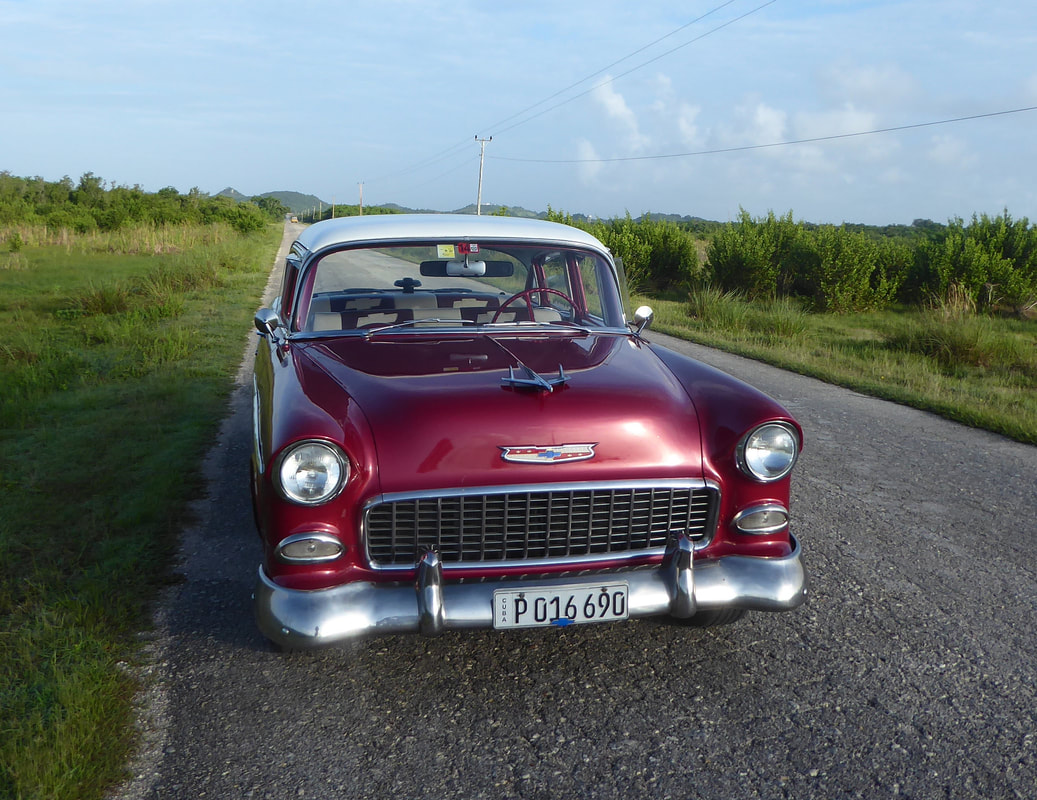|
We had planned a trip across to the mainland with Paulino the bird guide, and were so glad we did. He picked us up at 06.30 and we set off across the causeway stopping occasionally to see birds. Apart from the stilts were a few other waders, flamingos, lots of herons and egrets, Roseate Spoonbill and Wood Stork. We drove south to the town of Moron and then turned east towards Bolivia. Along the way we stopped - and saw a Limpkin - until we came to the Loma de Cunagua on the north side of the road. This is a reserve but there was no guide here today so we had a look for butterflies around the buildings and saw Many-banded Daggerwing Marpesia chiron, Gray Cracker Hamadryas februa, Impostor Duskywing Gesta gesta and both De Villiers and Polydamas Swallowtail Battus polydamas. There was also Tawny-shouldered Blackbird and Shiny Cowbird here. As we got back to the main road Paulino pulled over as he had briefly seen a Tricolored Munia. It took a while searching but we did eventually find it. It was then that we noticed lots of butterflies in the small horse paddock by the road so stopped to watch for a while, before going round to the house on the opposite side to get permission to enter, which they were happy for us to do. And here we found a small flock of about 20 Tricolored Munias. They were quite wary which I can only put down to the fact that they don't like being caught and put in cages, which happens a lot with many small birds in Cuba! The field had lots of Blue Porterweed Stachytarpheta jamaicensis (horses don't like it apparently) on which were nectaring many butterflies. There were several Sleepy Orange Abaeis nicippe and other Pieridae and the occasional polydamas, but it was the variety of skippers Hesperiidae that amazed us, 16 species in all in about an hour, nine of which were new for the trip. We have never seen anything like this number of skippers in one field at one time before. We have only once before seen both May's Skipper Proteides maysi and Mercurial Skipper Proteides mercurius at the same time. Caribbean Faceted Skipper Synapte malitiosa and Cuban Broken-dash Wallengrenia misera are superficially similar but the white line above and behind the eye is always more striking on S. malitiosa and the antennae tips are black ans white rather than black and orange. There were several Purple-washed Skipper Panoquina lucas and whilst photographing these I remember noticing another that looked good for Ocola Skipper Panoquina ocola so spent a while ensuring that I had good enough pictures. Luis Hernandez (2004) reported that this was very rare but widespread in Cuba and sometimes flies with P. lucas. We have certainly never come across it before and to be honest it had slipped my mind until now to check on the pictures. I would have liked to have seen the upperside to check the white dots but unfortunately didn't get a chance, but the paler colour and lack of the row of white spots on the underside hindwing do clinch it I believe. They are quite variable but normally only have two white spots on the forewing and this has three but because of its rarity the only picture of it previously taken in Cuba that I know of is on the species page. We'll see what the experts say. I think Paulino would rather have been birding but hey, we were paying and having a great time. And at last another dragonfly other than Seaside Dragonlet. I think these are both Oriental Scarlet Crocothemis servilia but I'm a bit surprised that the second one doesn't appear to have any reddish shading at the base of the hindwings. And to finish up with is a picture of a newly fledged Northern Mockingbird that was sitting on a small pile of logs waiting for its parents to come and feed it.
0 Comments
Leave a Reply. |
Welcome to our Blog
Here we will post interesting news about what we and others have seen in Cuba. Archives
July 2024
Categories |
















 RSS Feed
RSS Feed